

We honor our dear sisters who have gone before us.
We will never forget them.
We will always love them.
In Loving Memory of

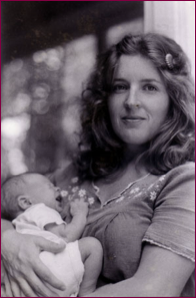
Donors
The Polyasko Family
Sharon Wolf
Caren Wolf
Joyce Howland
Dixie Egan
Rosy Metcalfe
Jean Soloner
Kevin Gschwend
Tanzer Kalayci
James Littlefield
Kelvin Ng
Gina Maisano
Safari and Beyond, LLC

In Loving Memory of
Donations in Deb Clonan’s Name made to the No Surrender Breast Cancer Foundation will go toward the Alaska Deb Sister Network: A newly formed registry of breast cancer patients from across the world compiled and maintained by the No Surrender Breast Cancer Foundation. This registry is free and if you would like to add your name, please contact us at Nosurrenderbreastcancerhelp@gmail.com. Deb touched women throughout the world and this registry exemplifies the love and caring Deb showed all of us during her lifetime.
Donors
Anonymous
Anonymous
John Clonan
Gina Maisano
John Maisano
Penny D’Ambrosio
Friends of No Surrender Breast Cancer Foundation
Seychelles

In Loving Memory of
Donations in Ferne Dixon's Name made to the No Surrender Breast Cancer Foundation will help fund Research and Information gathered on Triple Negative Breast Cancer. The Before Forty Initiative was founded in her name. It is a ground breaking effort to inform young women, especially African American women, to get screened earlier than the ACS dictates. Early detection is the best weapon against triple negative breast cancer. Ferne was passionate about spreading the word about early detection among the African American Community and through the Before Forty Initiative, we will save lives through early screening and detection.
Donors
Gina Maisano
Anonymous
Anonymous
John Maisano
Penny D’Ambrosio
Friends of No Surrender Breast Cancer Foundation
Daniel Cody
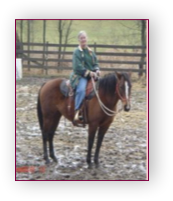
In Loving Memory of

Donations in Kay Galipeau's Name made to the No Surrender Breast Cancer Foundation will go toward providing up to the minute information CAM/Alternative and Natural Medicine. Enhanced care through natural methods was very close to Kay’s heart. We will continue her passion.
Donors
Jane and Lindy from Thylacine
Gina Maisano
John Maisano
Penny D'Ambrosio
Liz Solorio
Calico
Brenda Brittian
Friends of No Surrender Breast Cancer Foundation
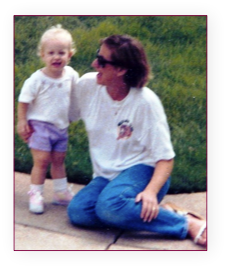
In Loving Memory of

Donations made in Lori Keating’s Name made to the No Surrender Breast Cancer Foundation will go towards outreach for women who have metastatic breast cancer. The No Surrender Forum strives to be a place where women with advanced stage disease can feel safe and free to post their true feelings. Lori was one of the most supportive sisters on the forum, she always reached out to others, no matter how bad she felt from her own treatments. We will continue Lori’s loving, welcoming and uplifting spirit for all who need us.
Donors
Anonymous Friend of NSBCF
Anonymous Friend of NSBCF
Penny D’Ambrosio
Lyn Everett
Gina Maisano
John Maisano
MJ Timmons
Daniel Cody
If you would like to make a memorial donation in honor of someone please contact
nosurrenderbreastcancerhelp@gmail.com
or send request to No Surrender Breast Cancer Foundation
Post Office Box 84, Locust Valley, New York, 11560
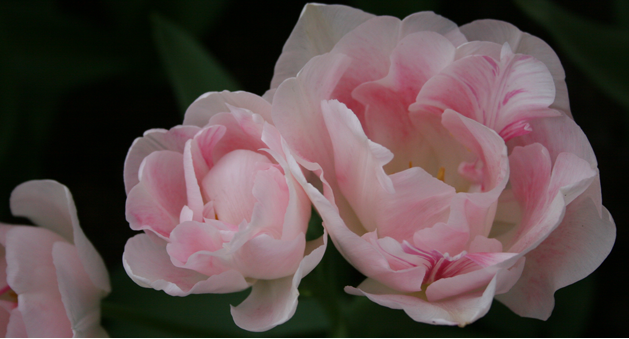
Painting With Flowers: Janet & Mary's Art & Gardening Therapy Program
This program is a loving tribute to Mary Everett and Janet Belray, long-time members of our Foundation who were both talented artists and Mary was also a brilliant landscape architect. Mary and Janet touched many lives through their words, their art and beautiful gardens. They were friends in every sense of the word and no matter how difficult things were, they found the beauty and vibrant colors of each new day. Mary and Janet lifted the spirits of everyone. Their beautiful souls will live on at No Surrender and in here, in their garden.
In the months to come, we will provide gardening tips and instructions and fellow artists on our Forum will share their artwork and advice on how you can get started on your own artistic journey.
To contribute to this program, please visit our Memorial Page here
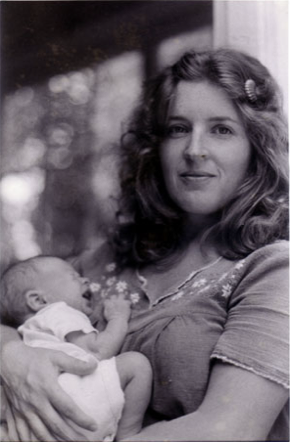
Mary Everett
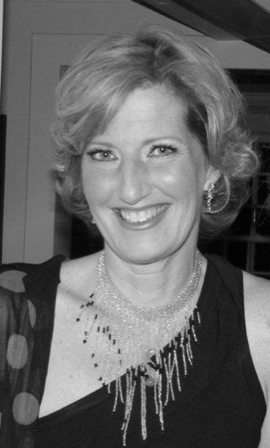
Janet Belray
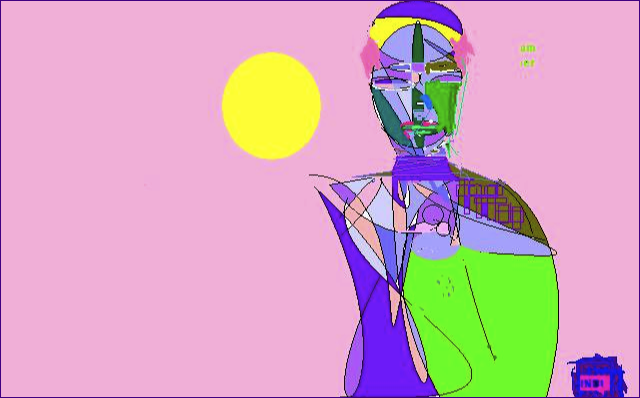
artwork created by and loaned to Mary's Garden by Indigo Blue
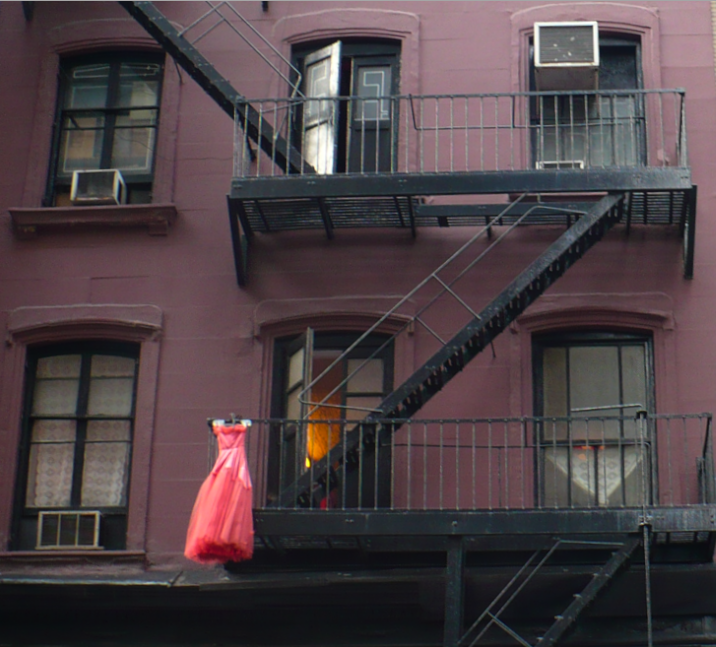
Winter Gardening Tips
(reprinted from Newsday.com, By Jessica Damiano - Their Gardening Expert who gives the very best advice for all your gardening questions. We HIGHLY recommend following her blog @ http://www.newsday.com/gardendetective)
Late winter is the perfect time for pruning most woody plants.
They're still dormant, you can better see what you're doing because your view isn't obstructed by leaves, and it's when plants heal fastest. If you're unable to prune before April 15, wait until July, which is the next-best time to prune.
There are two types of pruning - selective and rejuvenation.
Selective means what it sounds like: You select certain branches to remove, and you have a reason for doing so.
Rejuvenation pruning is the extreme cutting back of overgrown, unproductive shrubs, but plants must be healthy to withstand it. To rejuvenate, you have three options: Sever the whole plant at the crown, where the stem meets the roots; prune all the branches at unequal heights all at once, or prune a little each year over the course of a few years. The latter method is the least severe but requires the most patience. The first method is actually the best, but it requires a certain level of intestinal fortitude. Plants should be fertilized well after undergoing any rejuvenating pruning.
Broadleaf evergreen shrubs (laurels, rhododendrons, etc.) should undergo only selective pruning, and they can take it at any time of year.
Narrow-leaf (needled) evergreens should undergo selective maintenance pruning only. Always remove more from the top than from the bottom, which will allow sunlight to reach the base of the plant. Take care not to overshear or cut holes into narrow-leaf evergreens; with the exception of yews, they won't ever fill back in.
When it comes to hedges, there's only one basic rule: The bottom must remain wider than the top. If the plant thins out at the bottom, the only way to correct it is to cut the entire hedge down to 6 to 8 inches from the ground and wait for it to grow back. You don't want to go there.
When pruning shrubs and trees with thin branches, use pruners to remove dead wood, crisscrossed limbs and branches that are growing into the tree's canopy. But when removing a branch with a diameter of more than one inch, never make a flush cut, which would remove the branch collar and create a bigger wound. Instead, use your saw and the three-cut method .
Pruning notes and exceptions
For lilacs and similar spring bloomers, it's best to wait until after their flowers fall so as not to remove flower buds and spoil the season's show.
Forsythia should be pruned every year right after flowering.
Spirea and weigela should be pruned every two to three years.
Clethra and cotoneasters should seldom be pruned.
Butterfly bush (Buddleia) should never be pruned in fall, or it will die. Instead, cut it all the way to the ground every year in early spring.
Deadhead rhododendrons and mountain laurels only if they aren't full enough, and do it immediately after flowering. Waiting even a week will defeat the purpose, and the plants will remain leggy.
Hydrangeas are in a class all their own - actually, in several classes. Here are the basics:
Hydrangea macrophylla: Prune in late summer, as soon as the flowers fade, but never after September. Remove weaker stems from the base of the plant, being careful to retain several stems of old wood, which will produce buds for next year's flowers. You can prune now, too, but it will cost you flowers this year.
Hydrangea arborescens Grandiflora: Cut to the ground in late winter/early spring. If it survived the winter nicely, however, and you'd like it to grow better, do a light selective pruning, cutting branches at varying heights.
Hydrangea paniculata Grandiflora (Peegee): Simply remove spent flowers; thin or cut back last year's growth in late winter/early spring.
Hydrangea quercifolia (Oak-leaf hydrangea): Remove dead wood at the base of the plant in early spring.
Hydrangea anomala petiolaris (climbing hydrangea): Unruly vines can be shortened in summer. Otherwise, pruning is seldom necessary.
The three-cut method
Use this for branches with a diameter of 1 inch or more.
1 Cut the branch halfway through from underneath, a few inches from the trunk.
2 Move your saw a few inches farther out on the branch, away from the trunk, and cut the whole branch off from the top. This eliminates the weight of the branch and prevents tearing.
3 Make the third and final cut just outside the branch-bark ridge, sawing through the entire branch to the outside of the collar. If you were to make this complete cut without having done steps 1 and 2, the weight of the branch would cause it to rip just before separating, and the tree would have a difficult recovery and a larger area through which disease could enter.